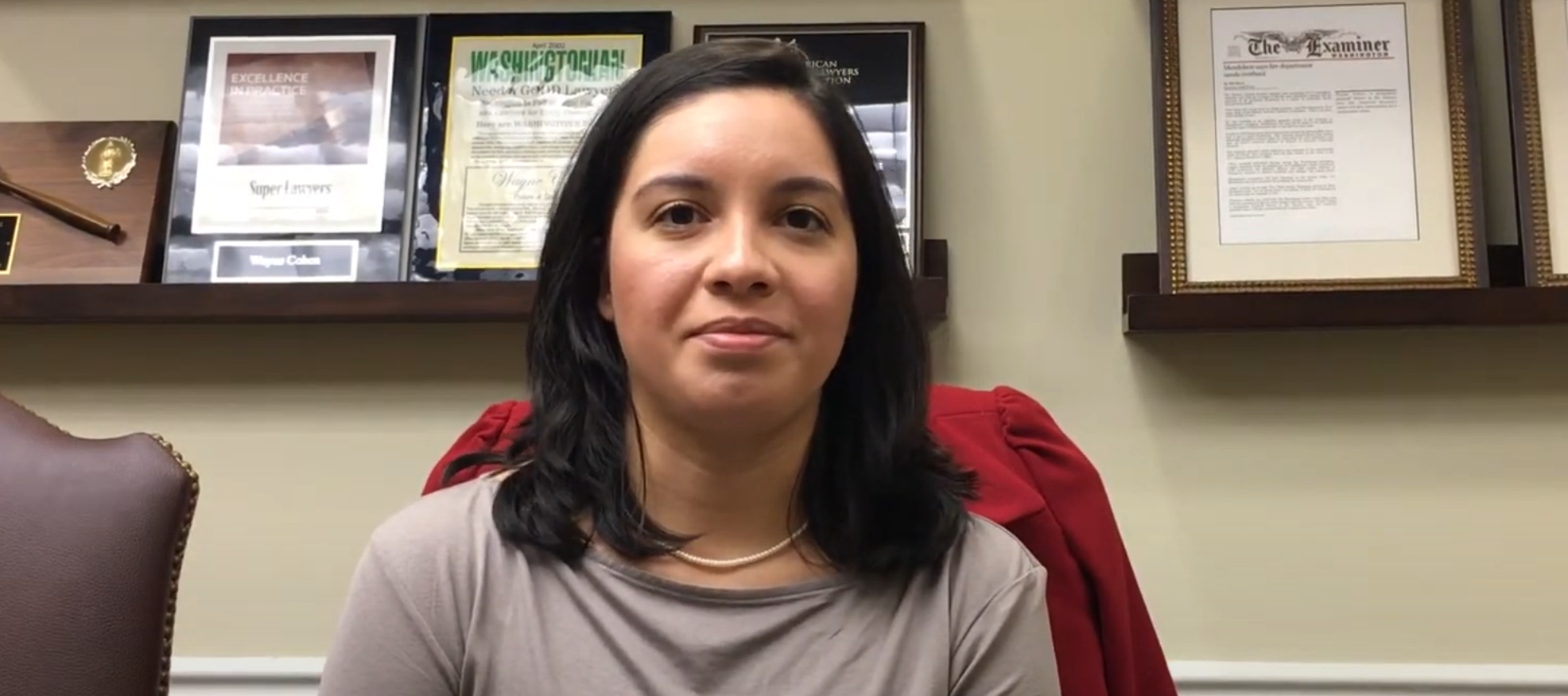Posted in Personal Injury Lawyer
Two Common Medical Mistakes
Physicians enjoy a positive reputation in the United States due to the skill with which they diagnose and treat diseases and injuries. Popular TV shows like House paint doctors as bastions of knowledge and expertise. However, medical malpractice is a serious problem in the United States. The number of patients who have been injured due to medical mistakes or misdiagnoses climbs every day, and medical malpractice claims continue to be litigated in the courts.
Medical malpractice takes place any time that a patient suffers injuries or damages due to a medical provider’s failure to meet standards of care. It’s important that these two elements are linked. Just because a medical provider makes a mistake doesn’t mean there is a valid claim; there have to be injuries as well, and those injuries must relate specifically to the mistake. Additionally, injuries sustained due to physician misconduct or dangerous conditions at a hospital are usually considered personal injury cases, not medical malpractice cases.
In order to recover in these cases, a medical malpractice attorney must show that a physician or other medical provider had a certain standard of care, failed to meet that standard of care, and caused or exacerbated injuries as a result. While there is almost no limit to the types of medical practice cases which can happen, most fall into a few specific categories.

Surgical mistake
Surgeries always carry risks, but those risks shouldn’t include negligence and reckless mistakes. During surgery, a physician may make preventable mistakes or cause further injuries. Organs can be damaged, or the physician may accidentally leave sponges, tools, or other debris inside the patient after the surgery is complete.
In some cases, a surgeon might even operate on the wrong body part. For example, a patient who needs a left hip replacement could be improperly prepped, and as a result receive a right hip replacement. The lifelong impact of such a severe mistake opens the physician up to claims for major negligence, pain and suffering, future medical costs, and permanent disability.
Misdiagnosis
Misdiagnoses or failure to treat are among the most commonly-reported types of medical malpractice. A patient showing clear signs of a disease may be dismissed, ignored, or simply missed by busy medical staff. Unlike medical shows on TV, physicians typically have clearly-published guidelines on the proper way to diagnose common medical conditions. If failing to follow these guidelines causes further injury, the medical provider can be held responsible.
It’s important, however, to note that misdiagnosis alone does not mean the provider is responsible for the disease itself. A jury will only hold the provider liable for the further damage done by the failure to act or the incorrect diagnosis. For example, if a patient suffering from a stroke seeks treatment and the hospital fails to recognize the signs, the hospital can be held responsible for any injuries stemming from failure to receive rapid treatment. However, if an oncologist misses cancer but it is discovered almost immediately after, there’s little chance anything could have been done differently. A medical malpractice attorney like Cohen & Cohen, can help.































